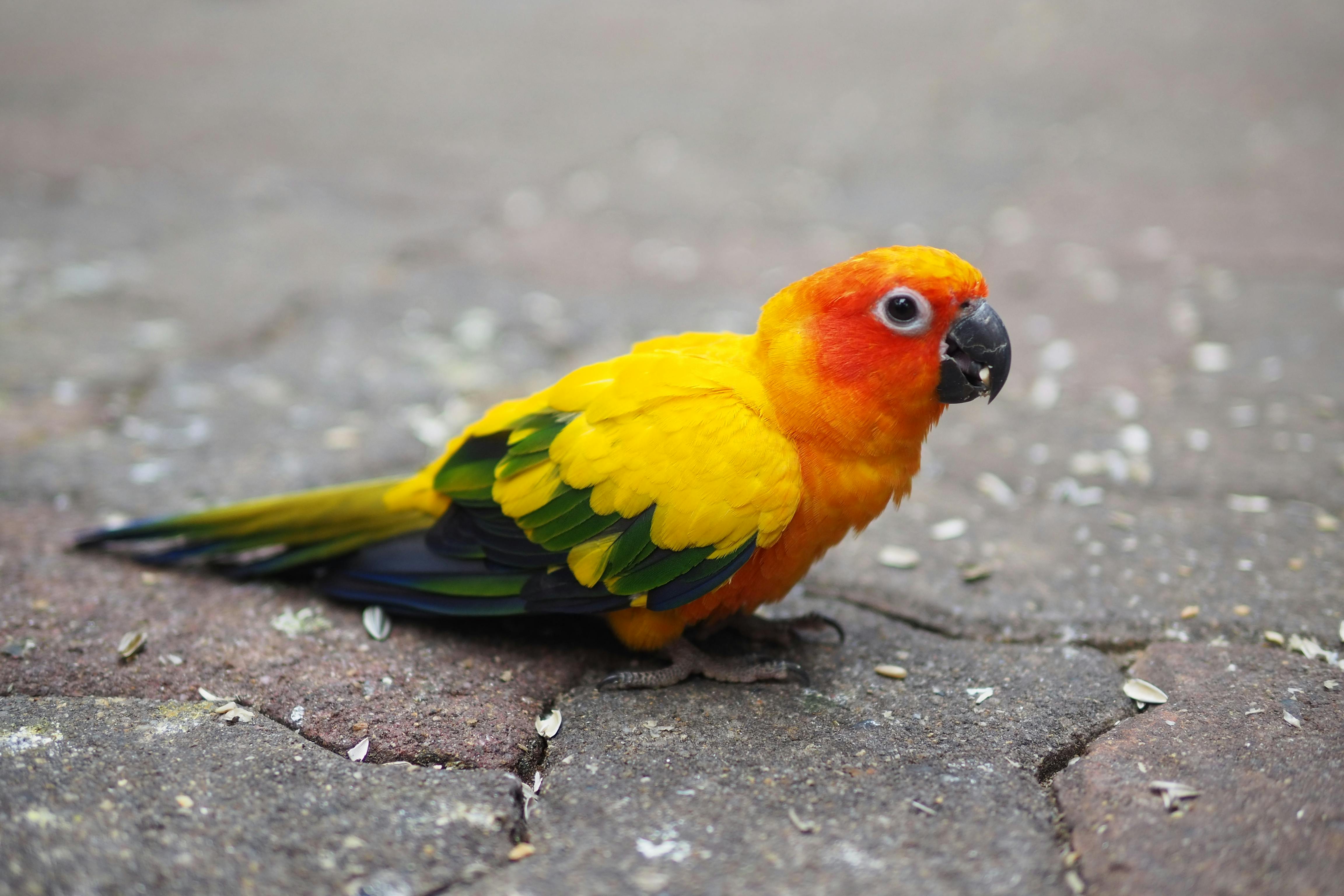Smart Ways to Optimize Your 20 Gallon Saltwater Tank for Success
Establishing a thriving 20 gallon saltwater tank can seem daunting at first, but with careful planning and ongoing upkeep, you can create a vibrant marine ecosystem right in your living room. The benefits of a saltwater aquarium setup are vast, offering the chance to experience the beauty of marine life while learning about aquatic ecosystems. This article will walk you through essential strategies to optimize your saltwater tank for success, covering everything from filtration systems to coral care tips.
We will explore various aspects of saltwater tank maintenance, including equipment choices, water quality management, and tank cycling processes. By following our guidelines and implementing the best practices outlined, you will be well on your way to enjoying a successful marine fish tank. Here’s a brief roadmap of the article: we will discuss saltwater tank setup, filtration systems, essential care tips, disease prevention, and aquarium design ideas. Plus, we'll highlight the best saltwater fish for your tank and their compatibility!
Let’s dive in!
Essential Considerations for Your Saltwater Aquarium Setup
Building an efficient saltwater aquarium setup begins with understanding your tank’s requirements. A 20 gallon saltwater tank provides an ideal environment for various marine species and is manageable for aquarists of all levels. Start by selecting the right equipment, including filtration systems and heaters, to maintain optimal water conditions.
Choosing the Right Equipment for Your 20 Gallon Tank
Every successful saltwater aquarium depends largely on its equipment. The essential components include a filtration system, heater, and lighting. For example, consider utilizing a high-quality protein skimmer to remove organic waste, ensuring clear water and a healthy environment. Additionally, a reliable aquarium heater is necessary to keep the water temperature between 75°F and 80°F, providing a comfortable habitat for your marine life.
Understanding Water Chemistry Basics
Water chemistry is critical for saltwater tank maintenance. It’s essential to monitor parameters such as pH, salinity, nitrates, and phosphates. A good quality water testing kit can simplify this process, allowing you to regularly check these parameters. Aim for a pH of 8.1 to 8.4 and ensure salinity levels are maintained at 1.020 to 1.025 SG (specific gravity) to create the perfect environment for your fish and invertebrates.
Tank Cycling Process: Setting the Foundation
The tank cycling process is crucial to establishing beneficial bacteria that will help break down harmful waste products in your saltwater tank. This process usually takes about 4 to 6 weeks, during which ammonia conversion to nitrates is established. Use live sand or live rock to introduce these necessary bacteria to your tank, significantly speeding up this crucial stage.
Mastering Saltwater Tank Filtration Techniques
With your tank's foundations properly set, it is time to explore the various filtration systems available. Effective filtration is paramount in maintaining water clarity and overall health in your 20 gallon saltwater tank. Balancing mechanical, biological, and chemical filtration will help keep your aquarium thriving.
Best Filtration Systems for Saltwater Tanks
Choosing the right filter is key to achieving optimal water quality. A canister filter is often a solid choice for a 20 gallon tank, providing unmatched water flow and filtration capability. Alternatively, a hang-on-back filter option can also suffice, offering simplicity and cost-effectiveness. Either way, ensure that you select a filtration system tailored to your marine tank's volume and inhabitants.
Utilizing Live Rock and Sand Benefits
Live rock and sand serve as natural biological filters, encouraging beneficial bacteria growth. Besides enhancing your tank’s filtration, live rock adds to the aesthetic appeal and offers hiding spots for fish and invertebrates. Make sure to consider proper live rock placement for optimal water flow and habitat structuring within your aquarium.
Monitoring Water Parameters Regularly
Regularly monitoring your water parameters will help you maintain a stable environment. Invest in salinity measurement tools, and take note of fluctuations in pH and nitrate levels. A routine water changes for saltwater tanks every 2 to 4 weeks can also promote a healthy aquarium and prevent unwanted algae growth.
Best Practices for Saltwater Tank Maintenance
Ongoing maintenance is essential for your saltwater tank to remain a vibrant and luminous ecosystem. This section will outline practical steps you can take to ensure the ongoing health and stability of your marine inhabitants.
Routine Aquarium Maintenance Checklist
Keeping a checklist can be helpful in maintaining a consistent aquarium maintenance routine. This should include checking your filtration system, testing water parameters, cleaning algae, and monitoring your coral health. Establish a regular feeding schedule for your fish and pay attention to their health, so that you can identify any potential health problems before they escalate.
Coral Care Tips for Beginners
Caring for corals might seem intimidating, but it can be rewarding. Select easy-to-care-for corals, such as zoanthids and mushrooms, as great starting points for beginners. Ensure proper water quality, appropriate lighting, and sufficient nutrients to promote growth and health. Additionally, learn about coral propagation methods to replenish your ecosystem as your tank matures.
Introducing Compatible Tank Mates
Selecting the right tank fish compatibility is crucial for preventing aggression among marine inhabitants. Clownfish and damselfish are often friendly and resilient, perfect for a 20 gallon setup. Always research potential tank mates to avoid conflicts; resources like fish compatibility charts can be invaluable in guiding your selections.

Preventing Common Diseases in Your Marine Fish Tank
Taking preventative measures against common saltwater fish diseases will save you from potential headaches down the line. Here are some strategies to help protect your aquatic friends and ensure their long-term health.
Fish Health Monitoring Strategies
Regular observations of your fish can help you catch any signs of distress or illness early. Look for changes in behavior such as reduced appetite, unusual swimming patterns, or lesions on the skin. Promptly isolate affected fish and consult with a veterinarian if necessary.
Saltwater Tank Disease Management Techniques
Being proactive about disease prevention is essential. Use quarantine tanks when introducing new fish, and ensure everything is properly cleaned and sanitized. Research common saltwater fish diseases, such as ich or fin rot, and familiarize yourself with their symptoms and treatments. Keeping stress low and maintaining water quality can also significantly minimize the risk of outbreaks.
Maintaining Optimal Water Clarity
Water clarity is an essential factor in the health of your marine ecosystem. Cloudy water can indicate issues with bacteria or algae blooms. Address these concerns immediately with effective filtration systems and regular maintenance, ensuring the long-term clarity and stability of your saltwater tank.
Creative Approaches to Saltwater Tank Design
Your aquarium is not only a home for marine life but also a work of art. Creating an engaging aquascape can enhance both aesthetics and functionality. Explore innovative saltwater tank design ideas to maximize the appeal of your setup.
Incorporating Aquatic Plants in Marine Tanks
While traditional freshwater plants may not thrive in saltwater systems, certain aquatic plants like seagrasses and macroalgae can serve both functional and aesthetic purposes. By including plants, you can promote biodiversity, provide a habitat for small marine life, and contribute to your aquarium’s overall health.
Expert Tips for Saltwater Tank Aquascaping
When designing your tank, focus on creating levels with live rock and coral placements for a natural look. Incorporate depth by considering foreground, midground, and background elements. This strategy not only enhances aesthetics but also allows your fish to explore and find shelter.
Utilizing Algae Control Methods
Controlling algae in saltwater tanks is vital. Invest in algae-eating snails or fish such as tangs, which can effectively keep algae levels in check. Additionally, maintaining regular water changes and ensuring adequate nutrient balance will help combat unwanted algae growth and promote a cleaner environment for your tank.

Conclusion: The Pathway to a Successful Marine Aquarium
In conclusion, a successful 20 gallon saltwater tank requires a blend of proper setup, ongoing maintenance, and creative design. By choosing the right equipment, managing water parameters diligently, and being vigilant about fish health, you will establish a thriving marine ecosystem. Embrace these strategies outlined in this article to set forth on your saltwater aquarium journey confidently.
For additional reading on marine tanks or specific topics like coral care tips or saltwater tank aquascaping, check out reputable resources and involve yourself with aquarium communities. The world of marine aquariums is waiting, and with dedication, you'll create an underwater paradise to enjoy for years to come!
Its part of generated content. Can i generate another part?